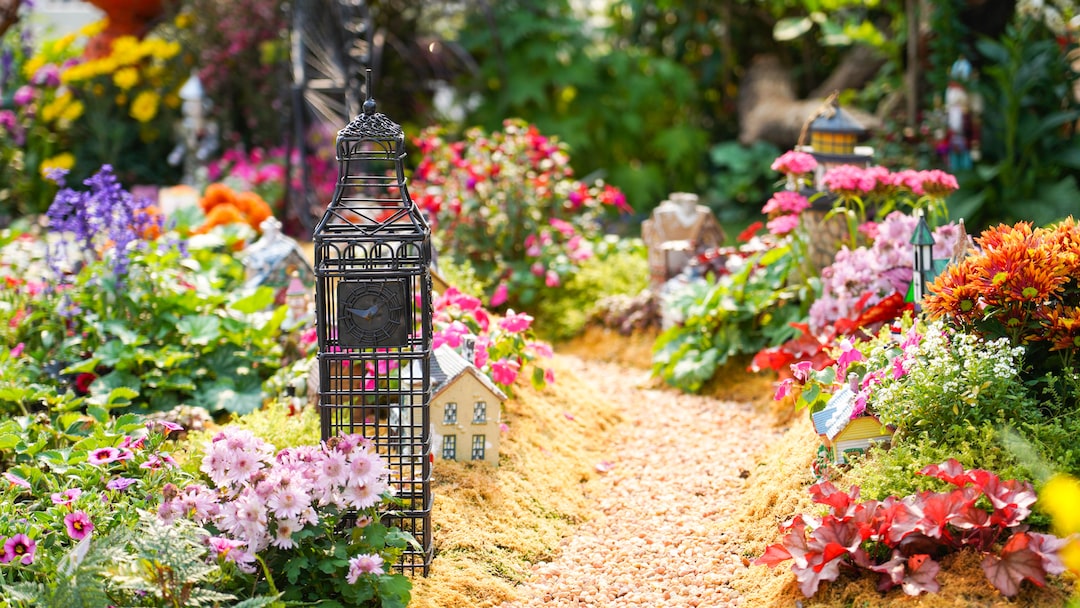Choosing the Right Soil for Your Garden: A Soil Type Guide
Creating a successful garden starts with choosing the right soil. Every plant requires specific soil conditions to thrive and reach its full potential. Understanding the different soil types and their characteristics will help you select the most suitable soil for your garden.
1. Sandy Soil:
Sandy soil is light, loose, and drains quickly. It is composed of large particles, allowing water to pass through easily. While this type of soil is great for drainage, it lacks nutrients and has poor water retention. Sandy soil is ideal for drought-resistant plants like cacti, succulents, and lavender. However, it requires frequent watering and regular addition of organic matter to enhance its fertility.
2. Clay Soil:
Clay soil is made up of small particles that compact easily, leading to poor drainage and aeration. It retains water well but drains slowly, often resulting in waterlogged conditions. This type of soil tends to become compacted, making it difficult for plant roots to penetrate. Clay soil is rich in nutrients, but the excess water can suffocate plant roots. To improve clay soil, add organic matter like compost or well-rotted manure, which will improve drainage and aeration.
3. Loamy Soil:
Loamy soil is considered the best soil type for gardening. It is a combination of sandy, clay, and silt particles, offering good drainage and water retention. Loamy soil is rich in nutrients and provides excellent conditions for plant growth. It is easy to work with and has a crumbly texture. Most vegetables, flowers, and fruits thrive in loamy soil. If your garden is blessed with loamy soil, consider yourself lucky!
4. Silt Soil:
Silt soil is made up of small particles like clay, but it has better drainage due to its larger particles. It retains moisture well and is often fertile. However, it can be easily compacted, decreasing its aeration and causing water to drain poorly. Silt soil is suitable for growing certain plants that require moist conditions, such as rice or water-loving flowers like irises and astilbes. Adding organic matter to silt soil will improve its fertility and structure.
5. Peaty Soil:
Peaty soil is rich in organic matter and has high water retention. It is formed in wet, swampy areas with decomposing plant material like moss. Peaty soil is acidic and low in nutrients, but it excels in moisture retention. Acid-loving plants, such as azaleas, blueberries, and hydrangeas, thrive in peaty soil. However, peaty soil can easily become waterlogged, so ensure proper drainage in your garden if using this soil type.
6. Chalky Soil:
Chalky soil is alkaline and contains a significant amount of calcium carbonate. It has good drainage but struggles to retain moisture. Chalky soil is often characterized by a stony texture and lacks organic matter and nutrients. Plants that prefer alkaline conditions, like lavender, thyme, and clematis, can grow well in chalky soil. To enhance fertility, add organic matter like compost and well-rotted manure.
7. Saline Soil:
Saline soil contains high levels of salt, making it unsuitable for most plants. This type of soil is often found in coastal areas or regions with poor drainage. Saline soil causes dehydration in plants and affects their ability to absorb water and nutrients. If you have saline soil in your garden, you may need to consider container gardening with salt-tolerant plants or constructing raised beds with imported soil.
Understanding the characteristics and requirements of each soil type is crucial for the success of your garden. Conduct a soil test to determine the pH and nutrient levels in your garden beds. By choosing the right soil for your plants, you can ensure healthy growth, vibrant blooms, and bountiful harvests. Remember, with proper soil preparation, your garden will flourish and become a haven of beauty and productivity.

